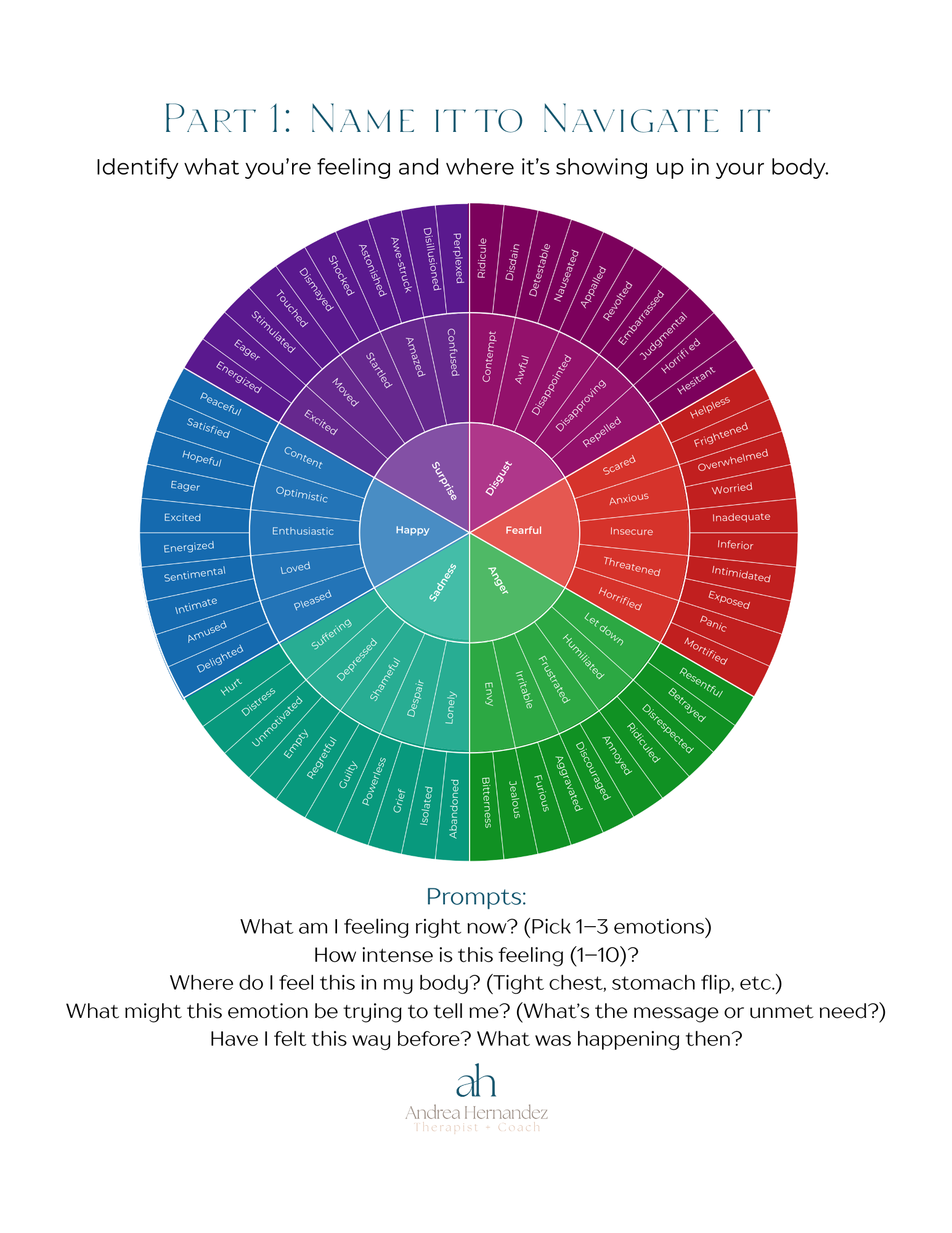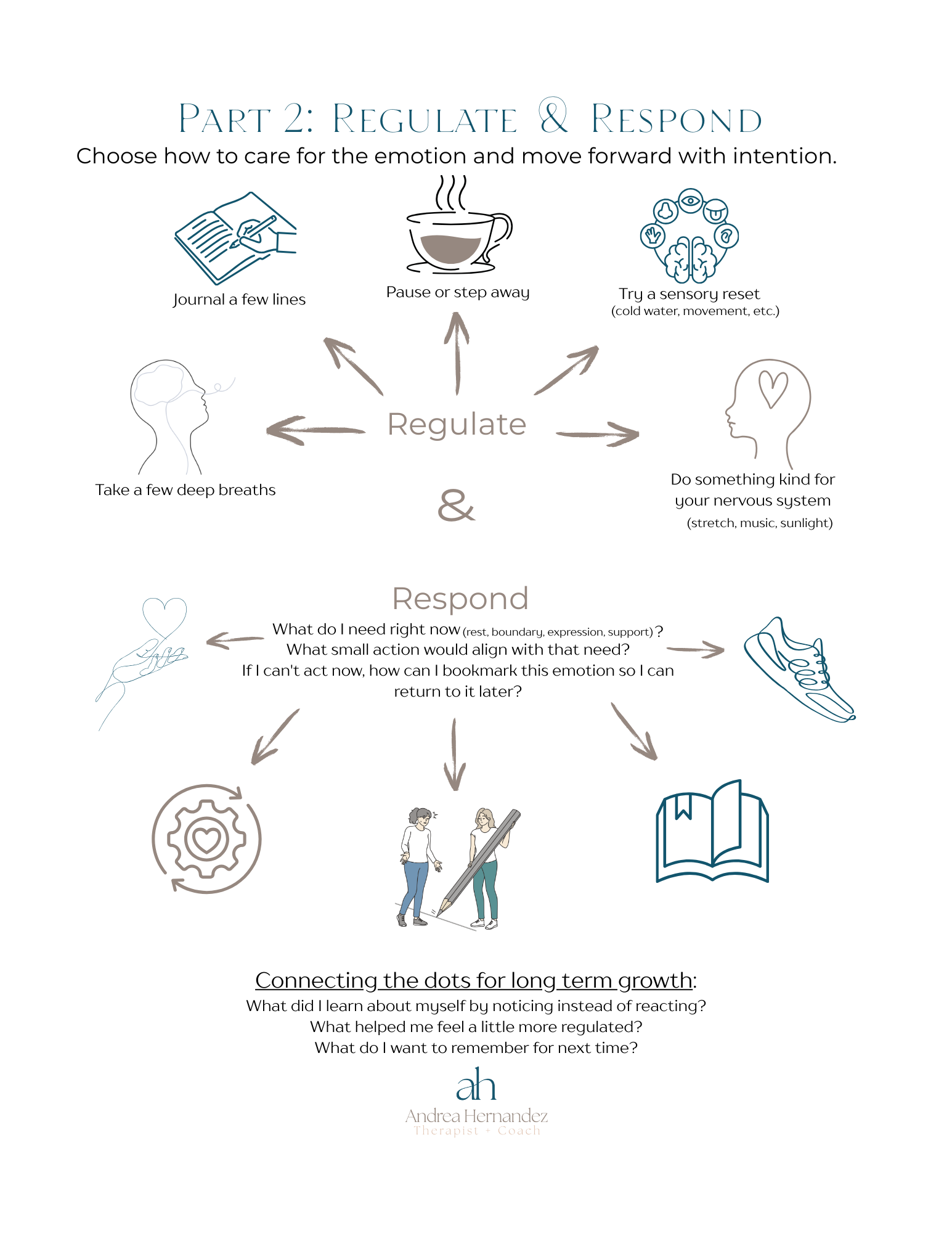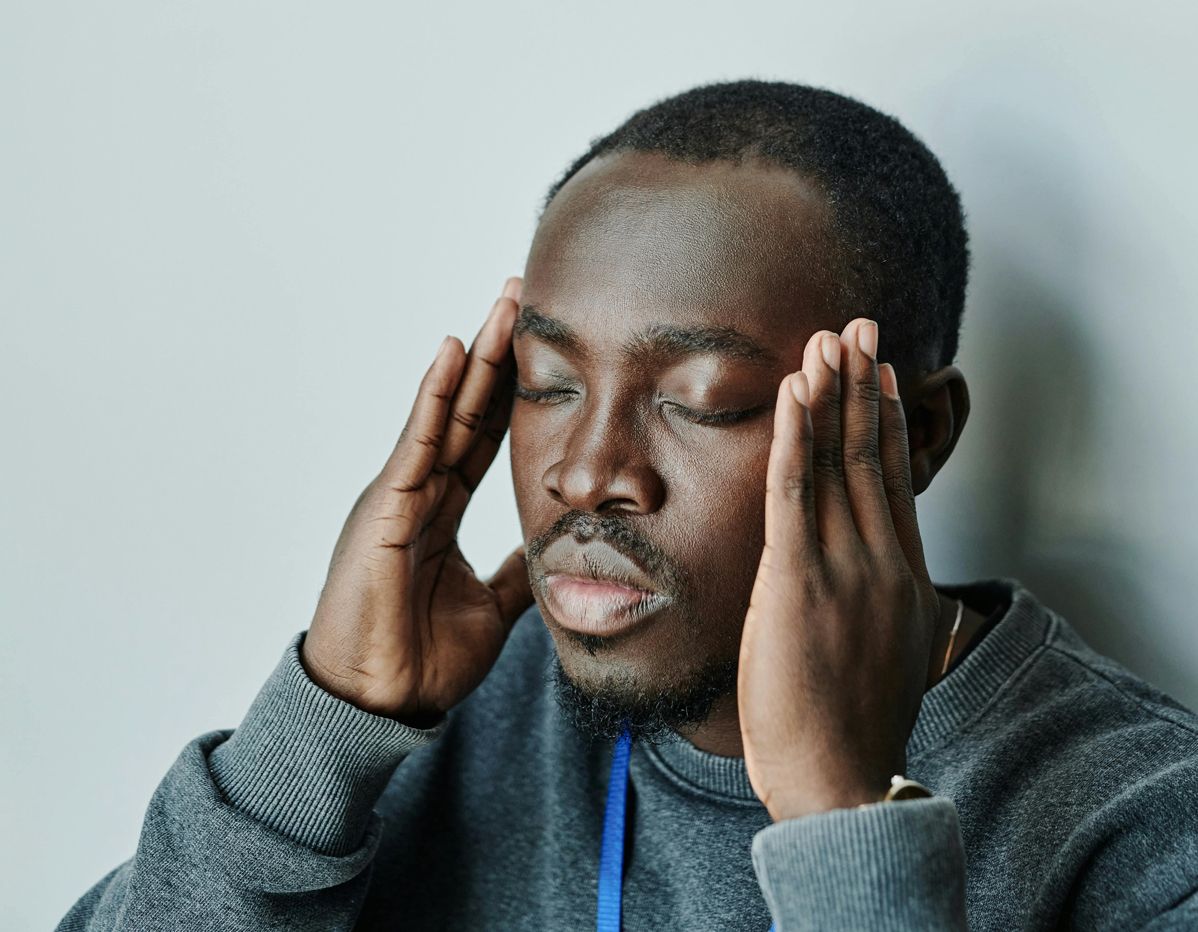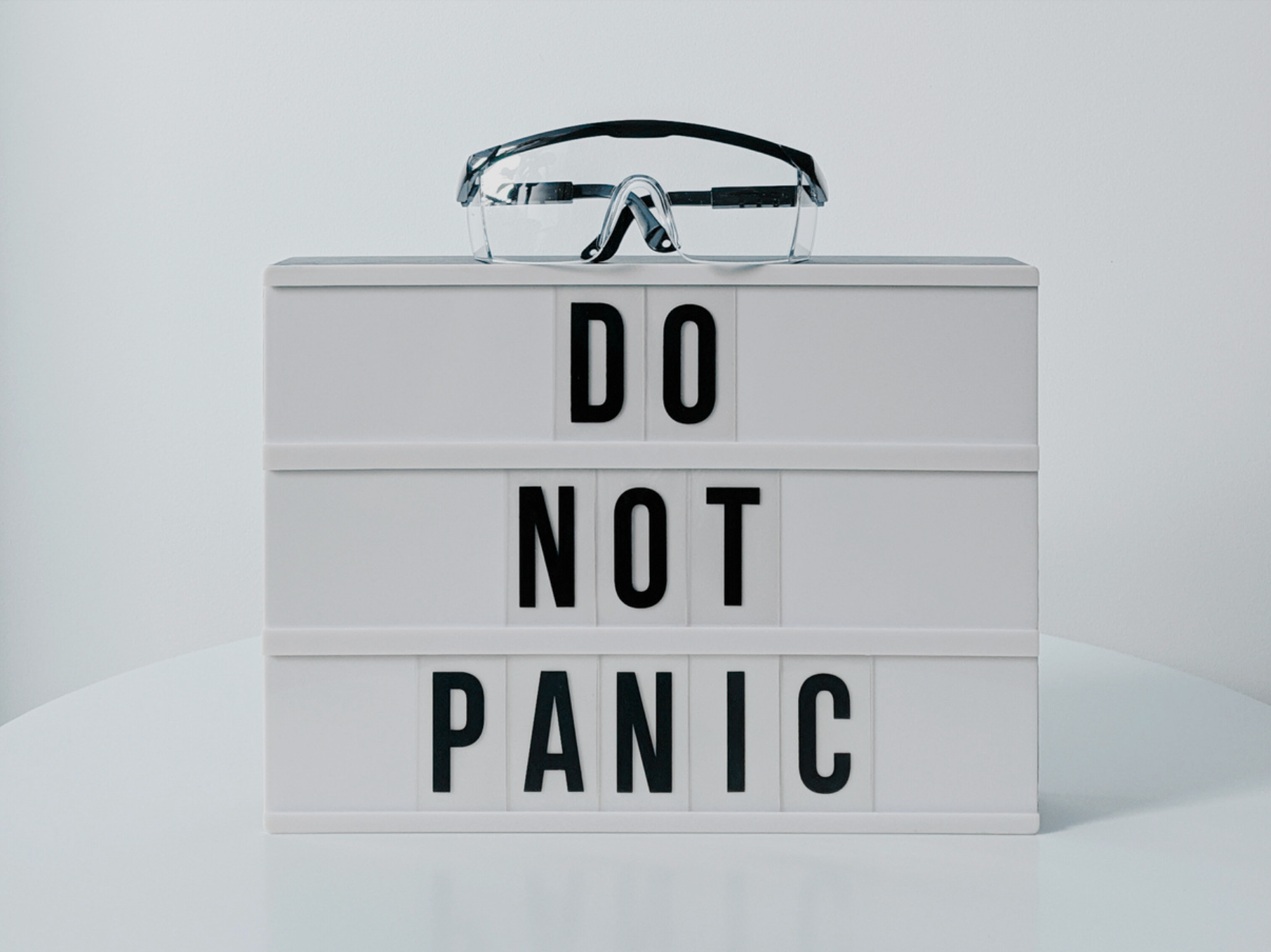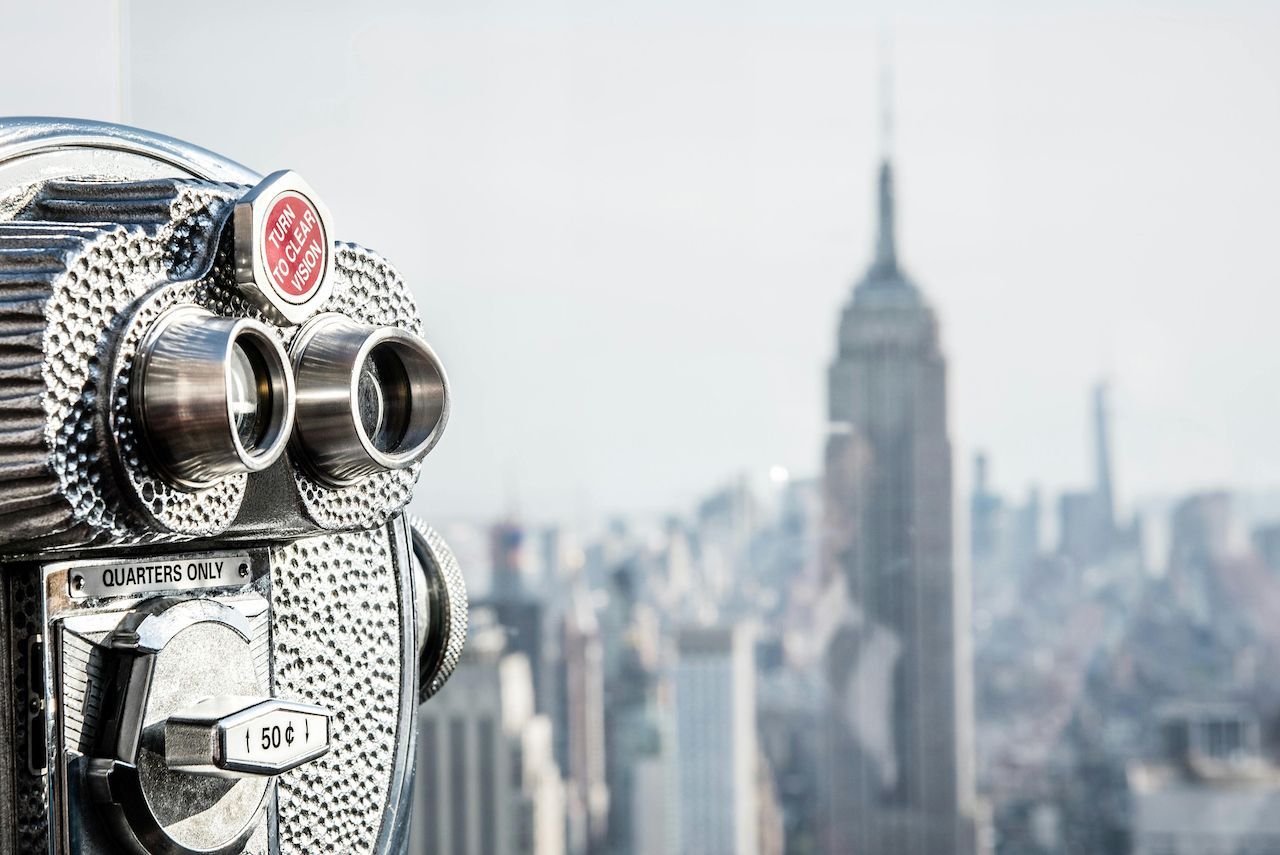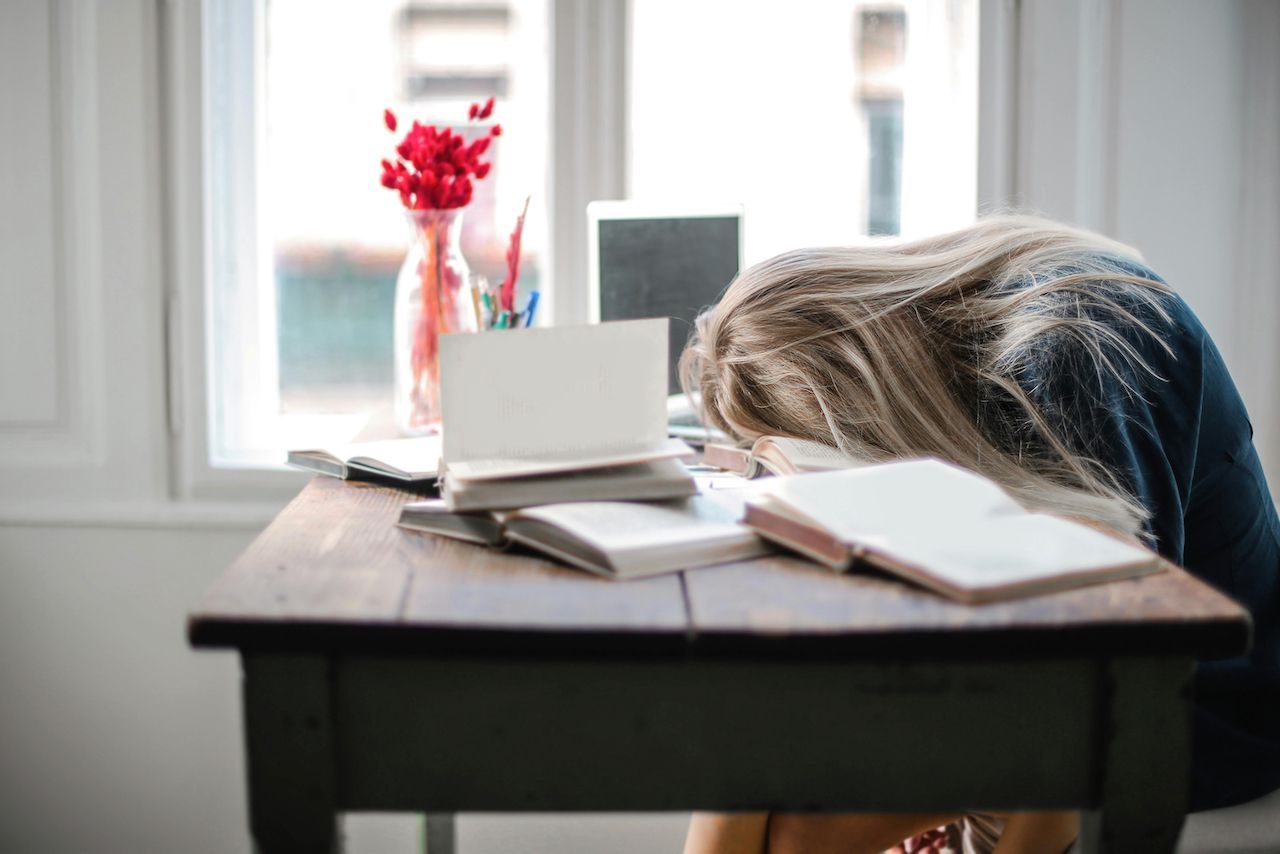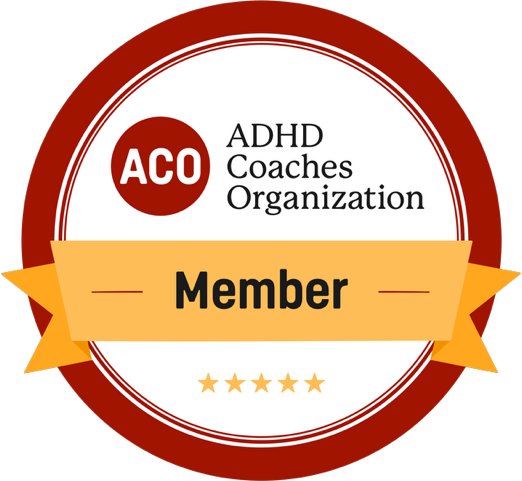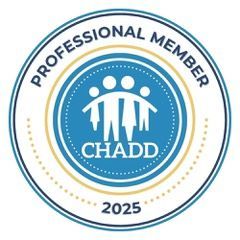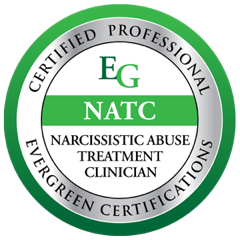When Avoidance Becomes a Habit—and How to Break Free
We’ve all been there: you know there’s an important email to send, a tough conversation to have, or a milestone you’ve been putting off—yet somehow you find yourself scrolling social media, reorganizing your desk, or making yet another cup of coffee. What starts as a one-off escape can quickly turn into a default pattern. Before you know it, avoidance becomes your habit, and you feel stuck in a loop of “I’ll get to it later” that never ends.
Avoidance isn’t about laziness or moral failing. It’s a deeply human response to stress, fear, and overwhelm. But when it becomes our go-to coping strategy, it chips away at our confidence, self-trust, and sense of forward momentum. The good news? With awareness and practical tools, you can start interrupting avoidance and move toward intentional action.
What Is Avoidance—and Why Does It Stick?
At its core, avoidance is a coping mechanism. When faced with discomfort—whether emotional (anxiety, shame) or practical (a big project, confrontation)—our brain’s survival circuits kick in. They steer us away from the perceived threat and toward something that brings short-term relief.
Over time, these moments of relief become self-reinforcing:
- Stress or fear spikes →
- We avoid the trigger →
- Anxiety momentarily drops →
- Brain logs “avoidance = safety” →
- Next time, avoidance feels automatic
For people with ADHD, the challenge compounds. Executive function differences—struggling with task initiation, time perception, and working memory—make starting any complex task feel like scaling a cliff without gear. Similarly, those with anxiety, overwhelm, or mood disorders may find that avoidance temporarily shields them from emotional pain.
The Hidden Costs of Habitual Avoidance
While avoidance offers a quick reprieve, its long-term effects can be quietly corrosive:
- Eroded self-confidence
Each “I’ll do it later” subtly sends the message, “I’m not someone who follows through.” Over time, you start to believe it.
- Increased anxiety
Unfinished tasks and unresolved emotions loom larger with each day, creating an ever-growing backlog of stress.
- Stuck identity loops
You may catch yourself saying, “I’m the kind of person who never finishes things,” or “I’m just not good at confrontation”—self-labels that become self-fulfilling prophecies.
- Missed opportunities
Creative ideas, career moves, and relationship conversations fizzle out before they even begin.
Three Strategies to Break the Avoidance Loop
1. Become Your Own Observer
Why it works:
Naming the pattern weakens its automatic pull.
- Try this: When you notice yourself drifting—instead of diving into distraction—pause and mentally note:
“Ah, there’s that urge to avoid again.”
- Next step: Ask yourself, “What am I actually avoiding right now?” Written reminders or a quick voice-memo can help anchor this awareness.
2. Micro-Momentum
Why it works:
Small, manageable steps circumvent overwhelm.
- Try this: Break any task into the tiniest next move.
Instead of “write report,” start with “open a blank document.”
Instead of “prep for conversation,” write one sentence of your talking points.
- Tip: Use a timer—set 5 minutes to work on that micro-task. Often, once you start, you’ll find yourself continuing past the buzzer.
3. Design Your Environment
Why it works:
Reducing friction makes action easier.
- Try this: Create clear, inviting cues for the things you want to do:
Leave your notepad and pen next to your computer if you need to journal.
Put healthy snacks or water bottle within arm’s reach if you want to eat mindfully.
Schedule a 2-minute “check-in” alarm on your phone to remind you to face whatever you’ve been avoiding.
- Tip: Remove or move distractions: a social-media app blocker, hiding your phone in another room, or turning off non-essential notifications.
From Avoidance to Agency: A Daily Practice
Overcoming avoidance isn’t a one-and-done event. It’s a practice—a muscle you strengthen
with small, consistent efforts. Here’s a simple daily mini-ritual:
- Morning Check-In (2 min): Review your top 3 tasks. Identify which one feels “avoidance-prone.”
- Midday Pause (1 min): Notice any urge to bail. Name it. Choose a micro-step.
- Evening Reflection (3 min): Journal briefly: What did avoidance look like today? What helped you move forward?
Moving Forward
Avoidance signals that something feels risky or overwhelming. Listening to that signal with curiosity—rather than judgment—gives you the power to respond differently. You aren’t here to live in the land of “someday.” You’re here to build a life that reflects your values, one intentional choice at a time.
Ready to move from autopilot to agency?
- Start by noticing one area where you habitually avoid.
- Apply just one of the strategies above this week.
- Celebrate even the smallest micro-move forward.
Over time, these small shifts add up to profound change—and a stronger sense of confidence and self-trust. You’ve got this.
Looking to dig in more?
Download these journaling prompts.
Want support?
If you’re noticing emotional overload, confusion, or relational stress on a daily basis, you're not alone. Whether through therapy or coaching, I help clients untangle these dynamics, reconnect with themselves, and move forward with clarity and self-trust.
Explore my
free resource library or
get in touch if you're ready to start untangling the overwhelm.
Please complete the form below to gain access to my handouts library.
